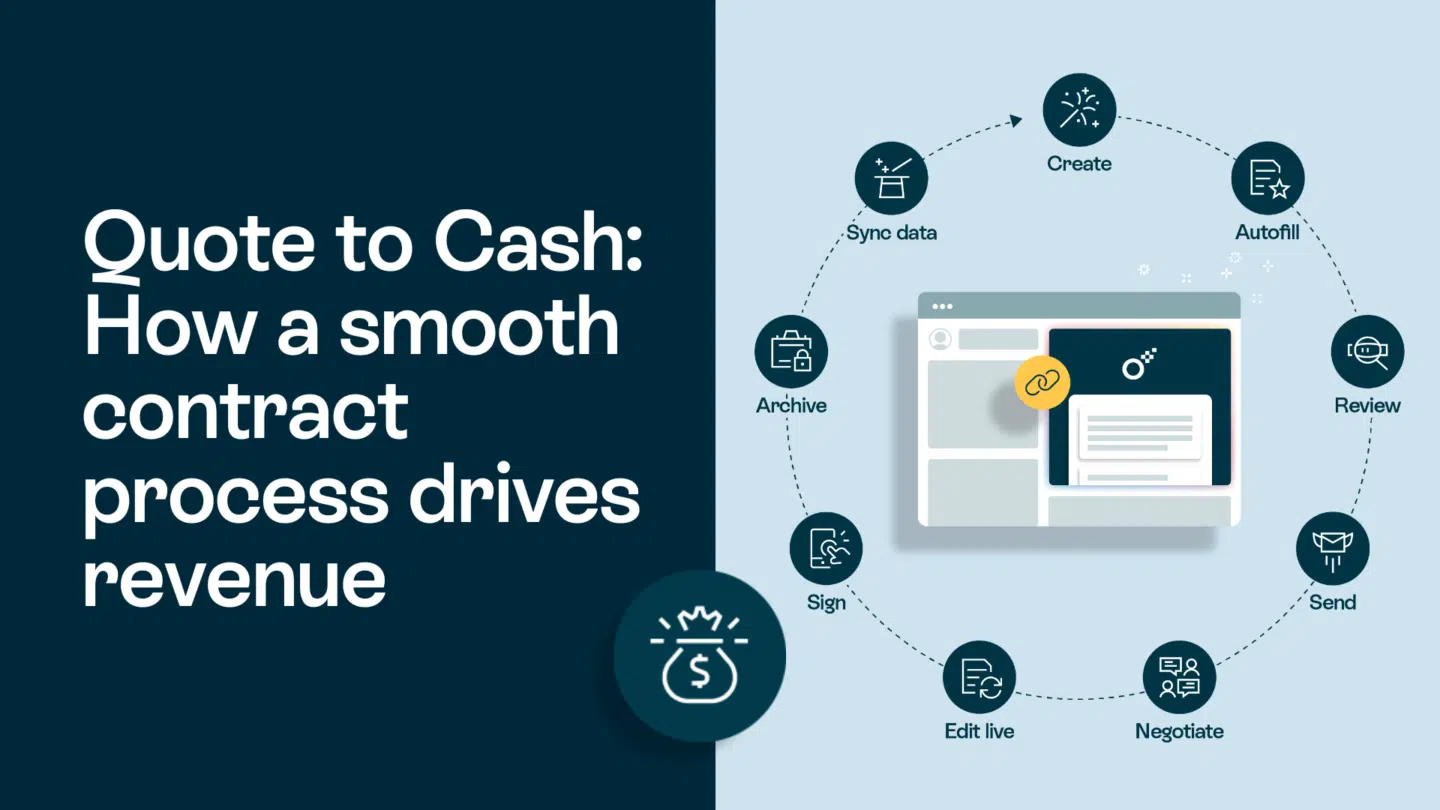Welcome to the complete guide on self-service in SaaS! In this article, we will walk you through the ins and outs of self-service in Software as a Service (SaaS) and its various aspects. So, let’s dive in and unravel the concept of self-service in SaaS together.
Understanding self-service in SaaS
Before we proceed further, let’s start by defining what self-service in SaaS actually means and why it holds such significance. Self-service, in the context of SaaS, refers to empowering users to find information, resolve issues, and perform tasks on their own without requiring direct assistance from customer support representatives. It enables users to access the resources and tools they need, anytime and anywhere, through a user-friendly interface.
Self-service in SaaS encompasses a range of services that users can access independently, such as knowledge bases, FAQs, community forums, and interactive tutorials. These resources provide users with step-by-step guidance, troubleshooting tips, and solutions to common problems, enabling them to become more self-reliant.
When it comes to self service in SaaS, knowledge bases are a valuable asset. These repositories of information contain a wealth of articles, guides, and tutorials that cover various aspects of the software. Users can search for specific topics or browse through categories to find the information they need. Knowledge bases are continuously updated to ensure that users have access to the latest information and solutions.
FAQs, or Frequently Asked Questions, are another essential component of self service in SaaS. They provide concise answers to common queries and concerns that users may have. By addressing these frequently asked questions upfront, SaaS companies can save time and effort for both their users and support teams. Users can quickly find answers to their questions without having to wait for a response from customer support, while support teams can focus on more complex and unique issues.
Community forums are another valuable resource for self service in SaaS. These online communities bring together users from various backgrounds and experiences, creating a space for knowledge sharing and collaboration. Users can ask questions, share insights, and learn from others who have faced similar challenges. Community forums not only provide users with additional support but also foster a sense of belonging and connection within the SaaS community.
Interactive tutorials take self-service in SaaS to the next level by providing users with a hands-on learning experience. These tutorials often include interactive elements, such as simulations or guided exercises, that allow users to practice using the software in a safe and controlled environment. By actively engaging users in the learning process, interactive tutorials help them gain confidence and proficiency in using the SaaS product.
Read also: Why Oneflow is a contract automation platform for everyone

Benefits of self-service in SaaS
Let’s explore some of the key benefits of implementing self service in SaaS:
Cost efficiency and savings
By shifting the burden of support tasks from customer service representatives to self-service resources, SaaS businesses can significantly reduce operating costs. Providing self-service options allows organizations to handle a larger customer base without exponentially increasing support staff, resulting in substantial cost savings.
Improved customer satisfaction
Self-service empowers users to find solutions to their problems on their own, leading to quicker issue resolution and higher customer satisfaction rates. It eliminates the frustration of waiting for support responses and allows users to address their concerns promptly and independently.
Scalability and flexibility
Self-service resources can easily adapt to the growing needs of a SaaS business. As the user base expands, these resources can handle a larger volume of inquiries without overburdening the support team. This scalable nature allows SaaS companies to accommodate surges in customer demand without compromising service quality.
Read also: How obligation management software can help boost your business

Key features of self-service in SaaS
Now, let’s explore the essential features that make self-service in SaaS effective:
User-friendly interface
A user-friendly interface is crucial for self-service in SaaS. It should be intuitive, easy to navigate, and provide clear instructions. A well-designed interface ensures that users can find the information and tools they need quickly and efficiently.
Read also: How to use free sales agreement templates?
Robust knowledge base
A comprehensive knowledge base is the backbone of service in SaaS. It should contain articles, guides, and tutorials that cover various aspects of the software. The knowledge base should be regularly updated to ensure that users have access to the latest information.
Efficient ticketing system
In addition to self-service resources, an efficient ticketing system is essential for addressing complex issues that users cannot resolve on their own. A ticketing system allows users to submit their problems and ensures that they receive timely support from the customer service team.
Read also: How to create online contracts: A step-by-step guide

Implementing self-service in SaaS
Let’s now discuss the steps involved in implementing self-service in SaaS:
Planning and strategy
Before introducing self-service options, it is crucial to develop a clear plan and strategy. Identify the most common user issues, determine the ideal self-service resources, and establish guidelines for maintaining and updating those resources.
Use these free business templates from Oneflow
Choosing the right tools
Selecting the right tools is essential for a successful implementation. Consider factors such as ease of use, integration with existing systems, and scalability. Determine whether you need a knowledge base software, community forum platform, or both to meet your users’ needs.
Training and support
Finally, ensure that your support team is well-trained to assist users effectively. Provide ongoing training to keep them updated on new features and best practices. Additionally, actively seek user feedback to continuously improve the self-service resources and address any gaps or areas of improvement.
By understanding this concept in SaaS, exploring its benefits, and knowing the key features and implementation process, you are now equipped with a complete guide to self-service in SaaS. Embrace the power of self-service and enhance the user experience in your SaaS business!







